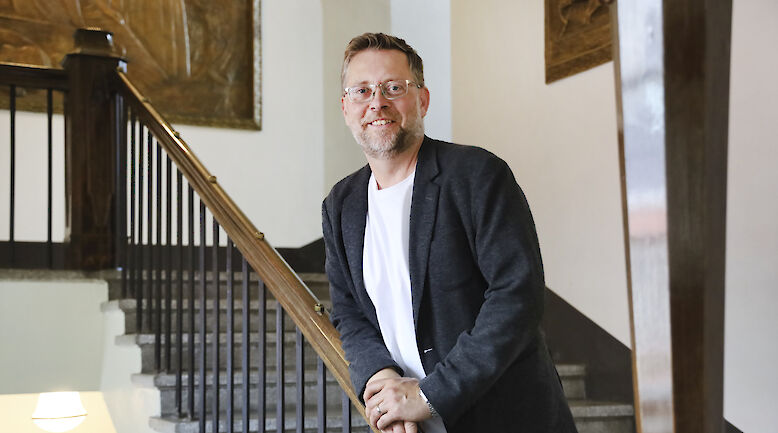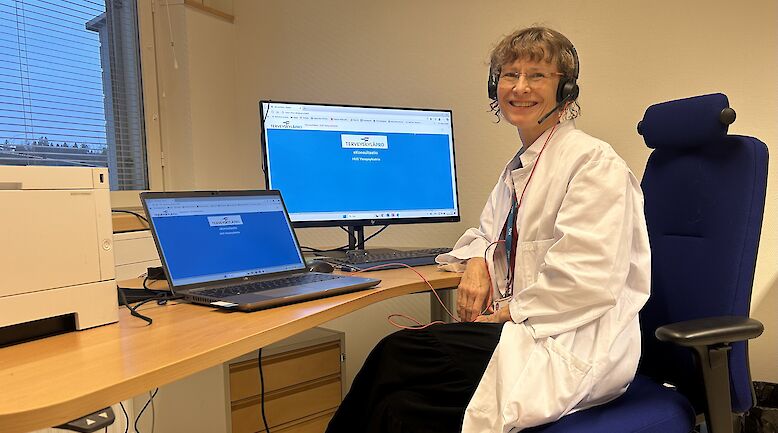English summary: THE TREATMENT OF RESPIRATORY TRACT INFECTIONS IN PRIMARY HEALTH CARE: THE VIEW OF THE PATIENT, THE DOCTOR AND SOCIETY

Background
In primary health care, respiratory tract infections account for a quarter of visits to a doctor, 80% of antibiotic consumption, and 40% of days on sick leave. The practices in prescribing antibiotics and symptomatic medications, the use of health care resources, and the use of sick leave are reported.
Methods
A total of 1,068 adult patients visiting Finnish health care centres for tonsillitis, sinusitis, exacerbations of chronic obstructive pulmonary disease, or community-acquired pneumonia were enrolled in the study. Data were collected by questionnaire filled in by both the doctor and the patient. For calculating the total cost of each infectious episode, the cost of the visit to the health care, the cost of medicines, travel expenses and expenses from the loss of production due to sick leave were all taken into account.
Results
After the visit, around 20% of the patients held a different view of the clinical diagnosis than their doctor. Symptomatic medication was prescribed for 46% of the patients. Of the working population, 61% were on sick leave for a median of 3 days. The proportion of patients who visited health care for a second time during the same infectious episode varied by indication from 18% to 41%. Antibiotics constituted only 14% of the total direct costs and 5% of all costs of the infection.
Conclusions
Much attention has been paid on choosing the right antimicrobial agent for each infection. However, the costs of respiratory tract infections arise mainly from repeated visits to health care and from sick leave. There are no clear recommendations on how to influence these variables for the best of the patient and society.












